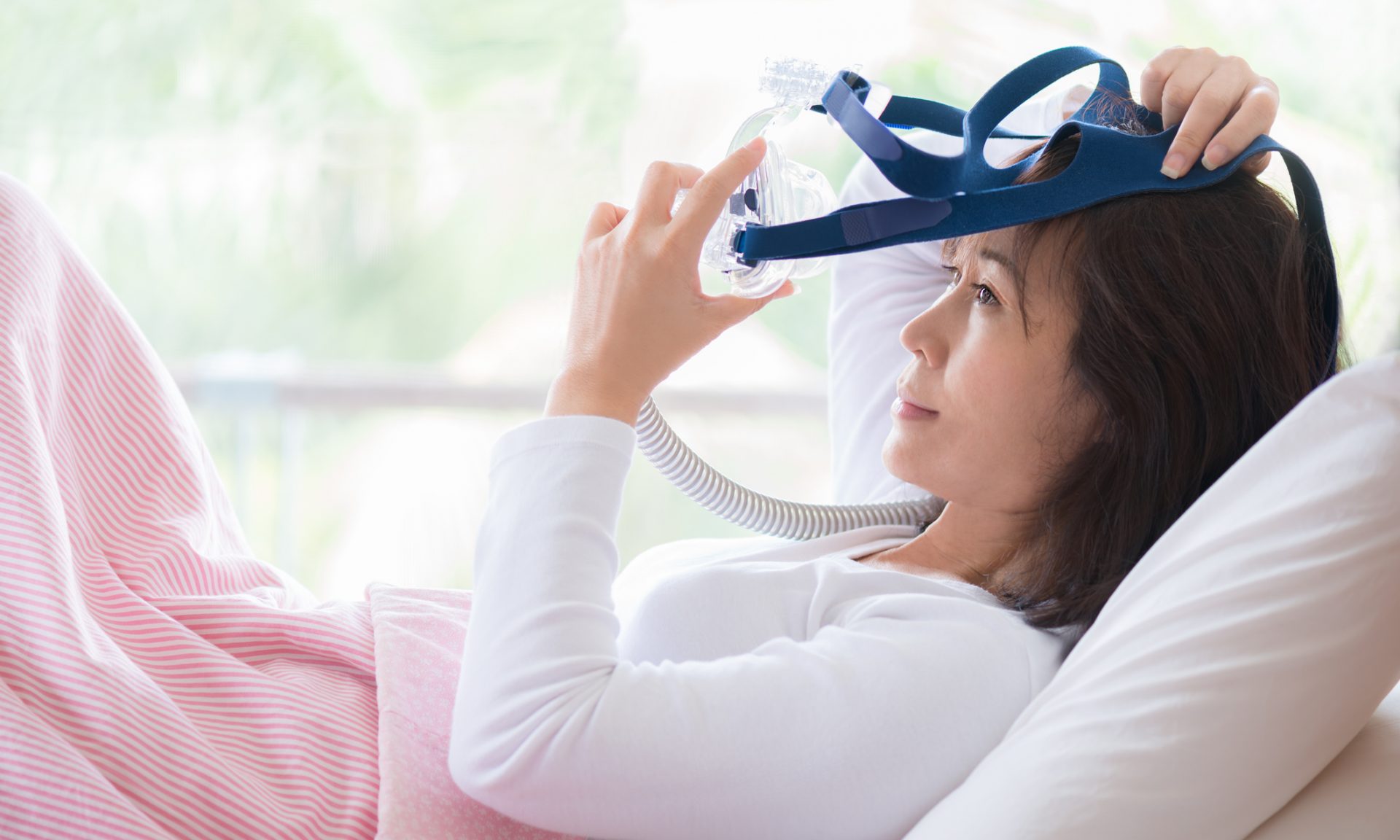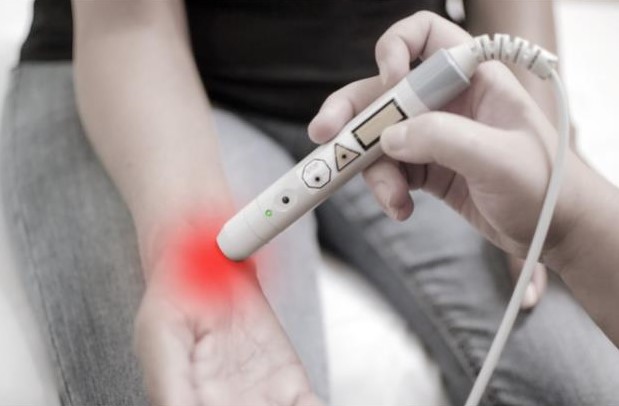29
Jan 2023
CPAP Masks: Cleaning and Maintenance Tips
Published in Tips on January 29, 2023

When you start to wear a CPAP mask for the first time, there is a lot of information to take in, not least about what benefits it will have for you and how you should go about using it.
However, one thing that often gets lost in the overload is the importance of cleaning your mask. You must be aware of this, as a failure to do so could result in the mask doing more harm than good.
Therefore, in this article, we’ll give you a quick rundown of how to enhance the effectiveness of your CPAP masks in the form of some cleaning and maintenance tips.
If you follow these guidelines, you should enjoy the benefits of wearing a CPAP mask for a long time to come.
Why do you need to clean your CPAP mask?
Before we look at how you should clean your CPAP mask, it is worth outlining why it is important to wear one.
Regularly prescribed to treat sleep apnea disorders, CPAP machines deliver a steady and constant flow of air pressure to your airways.
It reduces the occurrence of them being temporarily blocked or collapsing, thus enabling you to breathe more easily and sleep better.
It is also important to perform regular cleaning and maintenance of your CPAP mask. While the air being streamed into your mouth and nose is filtered and humidified, it needs to be kept as clean as possible.
Failure to do so could result in a range of potential issues, some of which could be quite dangerous in the long run.
They include exposure to mould and bacteria and heightened susceptibility to allergies. It could also possibly increase your risk of contracting pneumonia or sinus infections and could even lead to your mask having a foul or musty smell or, worse still, malfunctioning. All of which can be prevented just by giving it a good clean.
In some cases, if you find yourself with a mask that isn’t as effective as it once was, then it might simply be time for an upgrade. If this is the case, then click here.
When and what do you need to clean your CPAP mask?
How often you clean your CPAP mask is up to your discretion, though weekly is probably a good starting point.
To clean the mask, you will need to assemble its various pieces, which include the mask, tubing, headgear, CPAP machine and water chamber humidifier.
You will also need warm water, a mild antibacterial soap solution, a soft cloth, a towel, a tub, basin or sink.
How to clean your CPAP mask
To thoroughly clean your CPAP mask, follow the steps below as closely as possible.
Disassemble everything
Before attempting any cleaning, you should unplug your CPAP from the power socket. Doing this will reduce the likelihood of you suffering from an electrical shock.
You will also need to remove the CPAP tubing from your mask and detach or remove the headgear if it has any. Be sure to separate all other pieces that you can easily re-attach as well.
Likewise, make sure you take off the CPAP tubing from all connectors on your machine if it directly connects to it, as well as the humidifier output.
From the humidifier unit within your CPAP machine, it is worth also removing the water chamber. If it easily disconnects into different sections, then do that too.
Wipe all outside surfaces
Once you have disconnected everything, dip your soft cloth into the warm water and give the CPAP machine a quick wipe-down.
Doing this will remove excess dust. Thus, reducing your risk of allergies.
Soak all parts
After you have wiped down the CPAP machine, the next thing is to fill your basin, tub or sink with warm water. Be sure to add some antibacterial soap solution to the water. (You could even use some vinegar or lemon too. But that is optional).
Next, fully submerge all the various detached parts into the soapy, warm water. It should include the mask, tubing, headgear and all connectors.
Ideally, you should let it soak for about 30 minutes. But if you don’t have that time available, you can quickly wash all the gear with soapy water – especially through the tubing.
Be sure to thoroughly rinse it in warm (non-soapy) water once you have cleaned it.
Afterwards, you should leave it to air dry, preferably on a towel or the dish rack next to your sink. You could even hang it on the shower rail.
Put it all back together
Once you are satisfied that everything is completely dry, you can begin to reassemble its different parts.
This means attaching the headgear back to your mask. It also means hooking all the connectors and tubing to their appropriate places, including the humidifier and the CPAP machine.
To ensure you have done this properly, briefly turn the machine on and listen out for any leaks of air that might be there. If there are none, then you are good to use it again.
Humidifier
Ideally, the humidifier should be cleaned every week. If not every three or four days.
When doing this, make sure you clean out the water chamber with a mix of hot soapy water. Again, you will need to rinse it, and it should be left to air dry.
Be aware that you should only ever put distilled water into the humidifier. Failure to do so could result in a greater chance of you getting ill.
In addition, it could also lead to an increased probability of hard minerals and limescale building up within your equipment.
Filters
If your CPAP machine runs with filters, it is worthwhile referring to your instruction manual provided by the manufacturer. It should give you further guidance on how best to maintain them.
In some models, these filters can be rinsed. While in others, they can be replaced. The frequency of doing so will be contingent on the atmosphere and environment where you use this machine.
As a rough guide, you should look to replace your disposable filters a minimum of at least once every month.
Precautions and Tips
Like with many things, regular cleaning and maintenance can significantly enhance the effectiveness and lifespan of your CPAP machine.
You should always be mindful of the importance of doing so as well as certain times when it might be prudent too.
When using a CPAP machine, you are prone to breathing in whatever might be growing within it. Therefore, if you are sick, you should clean it more often.
That said, you should also never use heavy-duty cleaning solutions or perfumes to sanitise your equipment, as they can cause irritation in your lungs and make you ill.
You should only put distilled water in the humidifier to prevent minerals from building up in the water chamber. Running your equipment through a washing machine or dishwasher is a bad idea, too, as it could damage the equipment.
Ultimately, when it comes to cleaning and maintaining your CPAP equipment, you should follow the instructions of the manufacturer.





